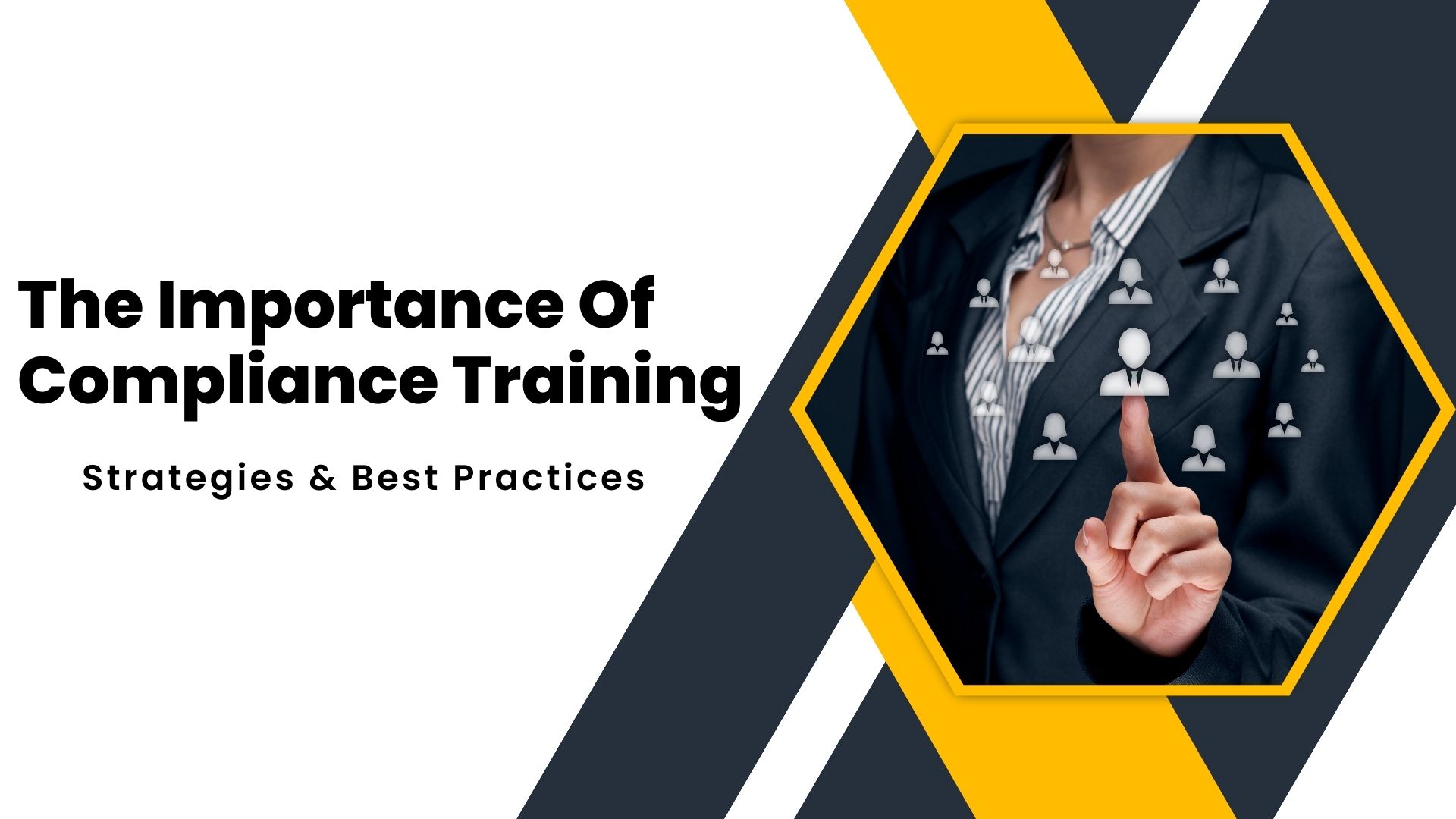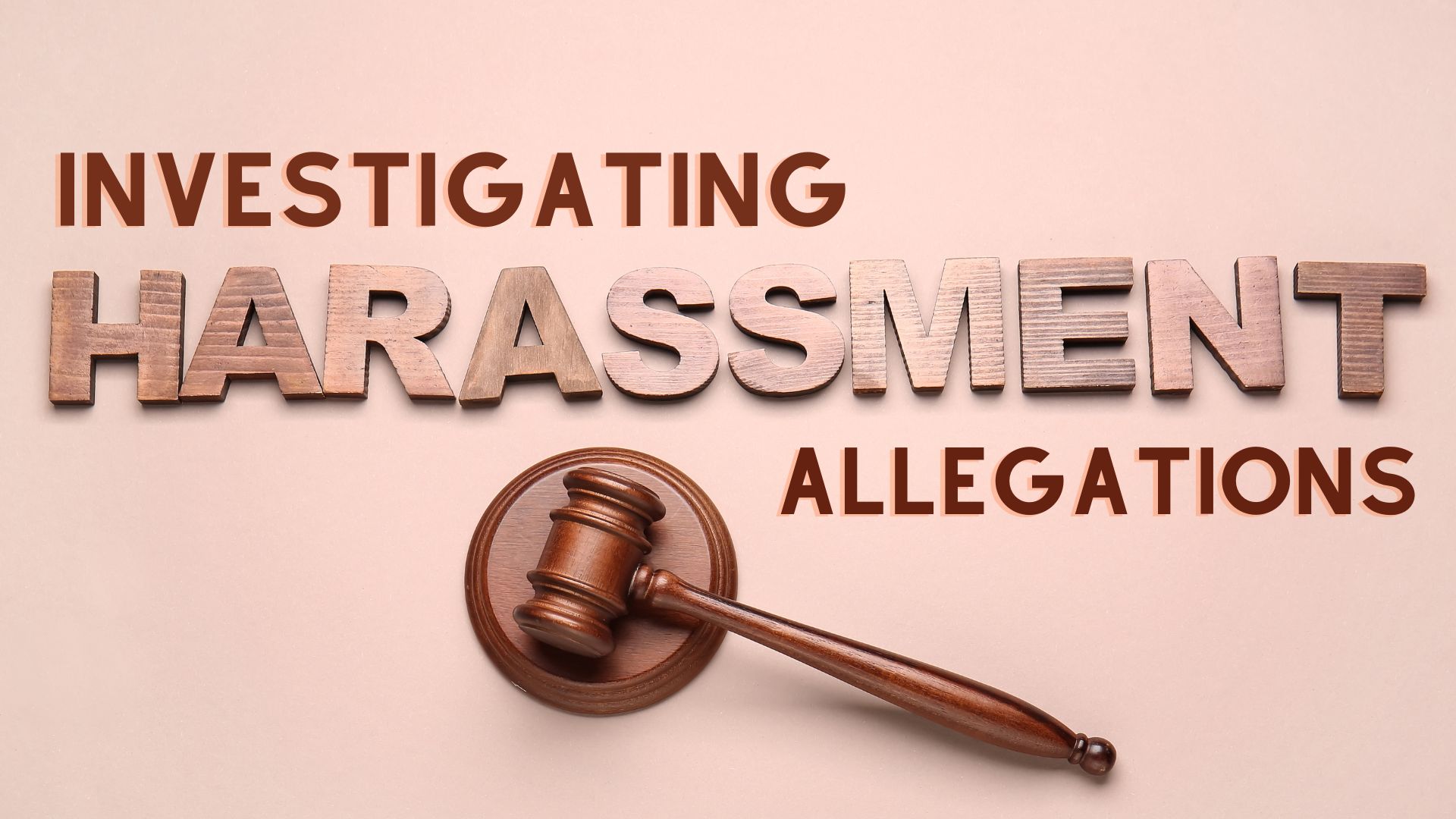Compliance Training Essentials: Strategies for Effective Employee Development
Compliance training is a critical component of organizational development, ensuring that employees understand and adhere to laws, regulations, policies and procedures relevant to their roles. Effective compliance training not only mitigates legal and financial risks but also fosters a culture of ethics, integrity and accountability within the workplace. In this comprehensive guide, we will explore the essentials of compliance training, including its importance, key strategies for implementation and best practices for maximizing its impact on employee development.
The Importance of Compliance Training
Compliance training serves multiple purposes within an organization:
Legal and Regulatory Compliance
Compliance training ensures that employees are aware of and compliant with applicable laws, regulations and industry standards. By educating employees on legal requirements and organizational policies, compliance training helps minimize the risk of legal violations, lawsuits and regulatory penalties.
Risk Mitigation
Effective compliance training reduces the risk of financial loss, reputational damage, and operational disruptions resulting from non-compliance. By promoting adherence to established protocols and procedures, compliance training enhances risk management efforts and safeguards the organization's interests.
Ethical Conduct
Compliance training promotes ethical conduct and integrity among employees, reinforcing the organization's commitment to ethical business practices. By fostering a culture of transparency, honesty and accountability, compliance training strengthens trust and credibility both internally and externally.
Employee Development
Beyond regulatory requirements, compliance training contributes to employee development by enhancing knowledge, skills and competencies relevant to employees' roles. By providing training on topics such as data privacy, workplace safety and diversity, compliance training empowers employees to perform their duties effectively and ethically.
Key Strategies for Effective Compliance Training
Implementing effective compliance training requires a strategic approach that addresses the unique needs and challenges of the organization. Here are key strategies for designing and delivering impactful compliance training programs:
Assess Training Needs
Begin by conducting a thorough assessment of the organization's compliance training needs. Identify relevant laws, regulations and policies applicable to employees' roles and responsibilities. Consider factors such as industry-specific requirements, organizational culture and past compliance incidents to determine training priorities.
Tailor Training Content
Customize training content to meet the specific needs and preferences of employees. Use a variety of formats, such as e-learning modules, videos, interactive simulations and case studies, to accommodate different learning styles and preferences. Incorporate real-life examples and scenarios relevant to employees' day-to-day tasks to enhance relevance and engagement.
Emphasize Practical Application
Focus on practical application and skill development rather than mere theoretical knowledge. Provide employees with opportunities to apply compliance concepts and principles in simulated or real-life scenarios. Encourage critical thinking, problem-solving and decision-making skills through case studies, role-playing exercises and group discussions.
Foster Active Engagement
Promote active engagement and participation throughout the training process. Encourage employees to ask questions, share experiences and provide feedback during training sessions. Incorporate interactive elements such as quizzes, polls and group activities to keep learners engaged and motivated.
Provide Ongoing Support
Offer ongoing support and resources to reinforce learning and address questions or concerns that may arise after training. Provide access to reference materials, job aids and online forums where employees can seek additional information or clarification. Encourage managers and supervisors to provide guidance and support as employees apply their newly acquired knowledge and skills on the job.
Monitor Progress and Compliance
Regularly monitor employees' progress and compliance with training requirements. Use learning management system (LMS) analytics and reporting tools to track completion rates, assessment scores and training effectiveness metrics. Identify areas for improvement and adjust training content or delivery methods as needed to ensure continued relevance and effectiveness.
Promote a Culture of Compliance
Embed compliance training within the broader organizational culture by promoting values such as integrity, accountability and transparency. Communicate the importance of compliance through leadership messaging, organizational policies and recognition programs. Encourage open communication and reporting of potential compliance issues and address concerns promptly and effectively.
Best Practices for Maximizing Impact
To maximize the impact of compliance training on employee development and organizational performance, consider the following best practices:
Integrate Compliance Training with On-boarding
Incorporate compliance training into the on-boarding process for new hires to ensure that they receive essential information and guidance from the outset. Provide comprehensive training on organizational policies, codes of conduct and regulatory requirements to set clear expectations and promote a culture of compliance from day one.
Offer Role-Specific Training
Tailor compliance training to address the unique needs and responsibilities of different roles within the organization. Provide role-specific training modules that focus on the relevant laws, regulations and ethical considerations applicable to each job function. This targeted approach ensures that employees receive training that is directly relevant to their roles and responsibilities.
Provide Continuous Learning Opportunities
Encourage lifelong learning and professional development by offering continuous learning opportunities beyond initial compliance training. Provide access to advanced training modules, workshops and certifications that allow employees to deepen their knowledge and expertise in specific areas of compliance. Support employees' career growth and advancement by investing in their ongoing learning and development.
Measure Training Effectiveness
Evaluate the effectiveness of compliance training through assessments, surveys and feedback mechanisms. Measure employees' knowledge retention, behaviour change and overall satisfaction with the training program. Use data and feedback to identify areas for improvement and make data-driven decisions to enhance training effectiveness over time.
Foster a Speak-Up Culture
Promote a speak-up culture where employees feel comfortable raising concerns, asking questions and reporting potential compliance issues without fear of retaliation. Encourage open dialogue and transparency and provide multiple channels for employees to communicate their concerns confidentially. Respond promptly to reports of misconduct and take appropriate corrective action to address compliance violations.
Partner with Subject Matter Experts
Collaborate with subject matter experts, legal advisors and compliance professionals to develop and deliver high-quality training content. Leverage their expertise to ensure that training materials are accurate, up-to-date and aligned with regulatory requirements and industry best practices. Engage internal and external experts to provide insights, guidance and support throughout the training process.
Conclusion
Compliance training is an essential component of organizational development that promotes legal compliance, risk management, ethical conduct and employee development. By implementing effective compliance training programs, organizations can enhance employee knowledge, skills and behaviour, while minimizing legal and financial risks. By adopting a strategic approach to compliance training and incorporating best practices for maximizing impact, organizations can create a culture of compliance that fosters trust, integrity and accountability throughout the organization.







